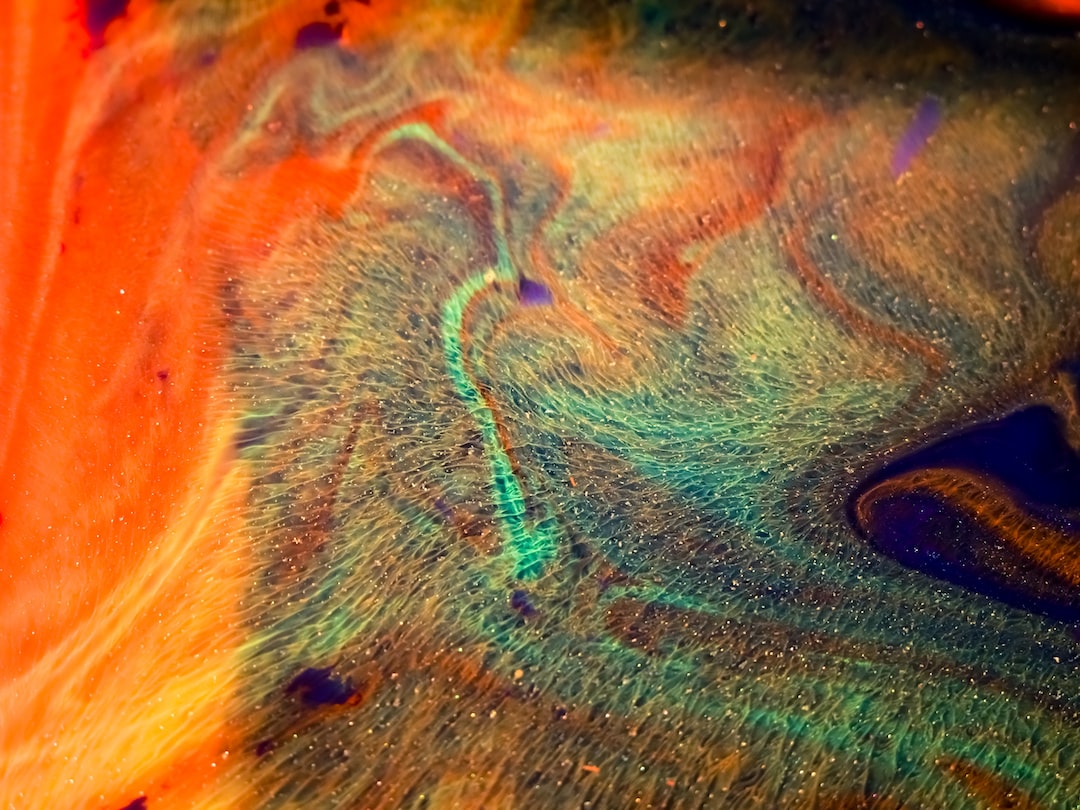Exploring the Surrealist Movement: Diving into Dreams and the Subconscious
The Surrealist movement is known for its exploration of the human subconscious, dreams, and the realm of the irrational. It emerged in the early 20th century as a response to the devastation caused by World War I and the rise of Freudian psychoanalysis. The Surrealists sought to break free from the constraints of rationality, engaging with the mysterious depths of the mind to uncover new artistic possibilities.
At the core of Surrealism lies the fascination with dreams. Surrealists believed that dreams reveal hidden desires, fears, and emotions, which could be expressed through art. Artists like Salvador Dali and Rene Magritte created strange and bizarre images that challenged traditional notions of reality. Their works often featured unexpected juxtapositions, impossible transformations, and dreamlike landscapes. By tapping into the unconscious, Surrealist artists aimed to provoke strong emotional and psychological responses from viewers.
One of the key techniques employed by Surrealists was automatism, which allowed artists to bypass the conscious mind and let their subconscious guide their artistic process. This involved spontaneous and unfiltered creation, where ideas would flow freely without rational intervention. Surrealist writers, such as Andre Breton, practiced automatic writing, where they would write without conscious control, letting their thoughts spill onto paper. This technique aimed to capture the raw, unfiltered essence of the subconscious.
Surrealist artwork often blurs the boundaries between reality and fantasy, inviting viewers to explore their own subconscious. The uncanny, a term popularized by Freud, plays a significant role in Surrealist works. It refers to things that appear familiar yet are simultaneously strange and discomforting. Artists sought to create this unsettling effect by distorting familiar objects or placing them in unexpected contexts. This disruption of reality forces viewers to question their own understanding of the world and opens a gateway to the unconscious.
Another way Surrealists delved into the subconscious was through the exploration of archetypes. Influenced by the work of Carl Jung, Surrealist artists believed that certain images and symbols had universal meanings and tapped into the collective unconscious. For example, Dali’s recurring depiction of melting clocks in “The Persistence of Memory” has been interpreted as a symbol of the fluid nature of time and the anxiety of mortality. Through these archetypal symbols, Surrealists aimed to establish connections between individual and collective experiences.
The Surrealist movement has had a lasting impact on the art world, challenging traditional artistic norms and opening new realms of imagination. Its exploration of dreams and the subconscious paved the way for future artistic movements and techniques. Today, Surrealism continues to inspire artists, writers, and filmmakers who seek to explore the untapped depths of the human mind and push the boundaries of creative expression. It reminds us that there is more to reality than what meets the eye and encourages us to embrace the mysterious and irrational aspects of our own existence.

